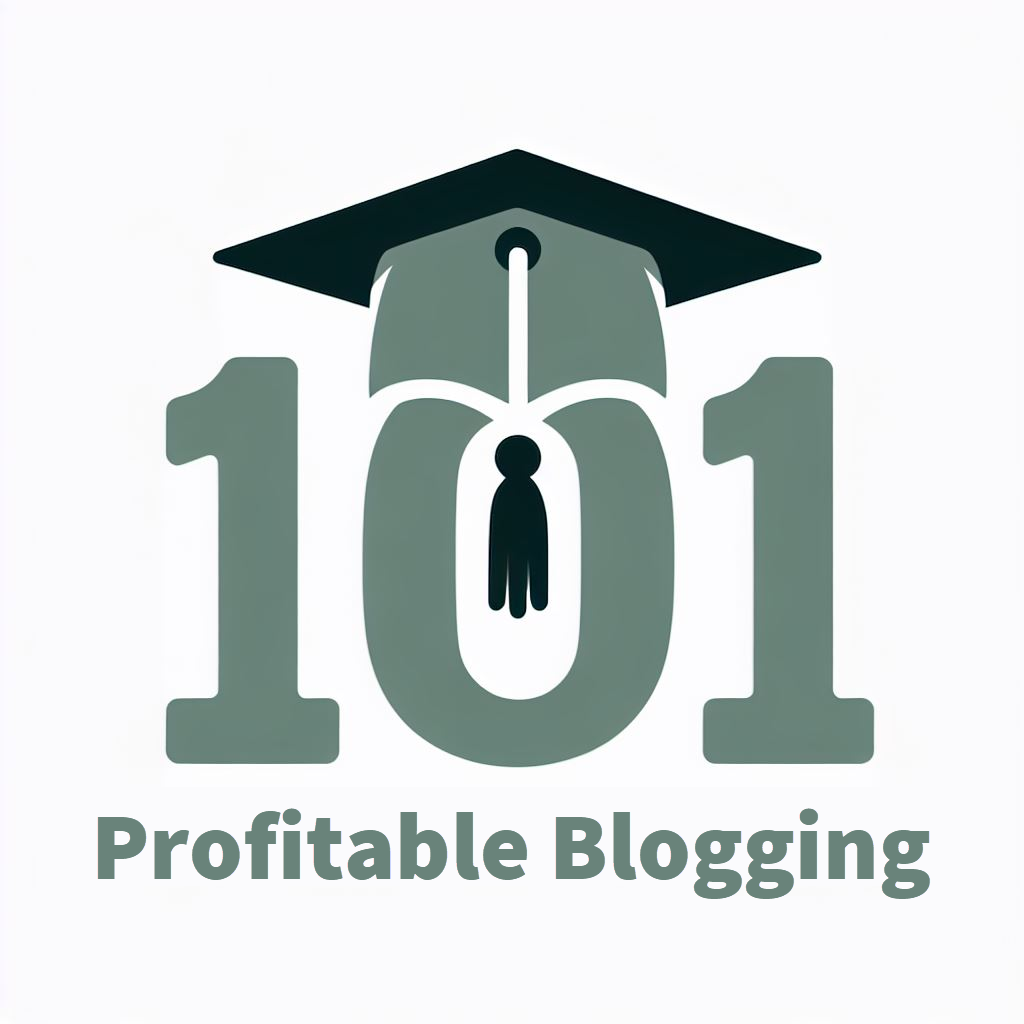The Metrics That Matter: Tracking Your Progress and Measuring Blog Success
Have you ever wondered if the number of page views your blog receives directly correlates with its success? While page views are important, there are other key metrics that can provide a more thorough understanding of your blog's performance.
By analyzing various aspects such as traffic sources, engagement metrics, and SEO performance, you can gain valuable insights into the effectiveness of your content strategy.
But what about the elusive concept of ROI in the domain of blogging? Understanding how to measure and optimize your return on investment could be the missing piece in unleashing your blog's full potential.
Traffic Sources
To effectively track your blog's success, you must first understand where your traffic is coming from. Knowing your traffic sources is essential for optimizing your content strategy and marketing efforts. By analyzing this data, you can make informed decisions to drive more traffic to your blog and increase engagement.
Start by delving into your analytics dashboard to identify the primary sources of your traffic. Are most visitors coming from search engines, social media platforms, or direct referrals? Understanding these patterns will help you tailor your content to better resonate with your audience.
Page Views
Wondering how many people are actually viewing your blog posts? Page views are a key metric to track the number of times your content has been accessed by visitors. This metric provides valuable insights into the popularity and reach of your blog. By monitoring your page views, you can gauge which posts are resonating with your audience and tailor your content strategy accordingly.
Increasing your page views can be achieved through various strategies. Creating compelling and relevant content, optimizing your blog for search engines, and promoting your posts on social media can all help drive more traffic to your site. Analyzing the trends in your page views can also reveal peak times for engagement, allowing you to schedule your posts for maximum impact.
Bounce Rate
If you want to understand how effectively your blog is retaining visitors, the bounce rate is an important metric to focus on. Bounce rate measures the percentage of visitors who land on your site and then leave without interacting further. A high bounce rate could indicate that your content isn't engaging enough, your site is difficult to navigate, or your audience isn't finding what they expected.
On the other hand, a low bounce rate typically means visitors are exploring your site, which is a positive sign of engagement. To improve your bounce rate, consider optimizing your website's design for better user experience, ensuring your content is relevant and engaging, and providing clear navigation paths. Analyzing which pages have the highest bounce rates can also help you pinpoint areas that need improvement.
Click-Through Rate (CTR)
Understanding the Click-Through Rate (CTR) is crucial for gauging the effectiveness of your blog's call-to-action strategies and content engagement levels. CTR measures the percentage of your audience who click on a specific link, button, or image within your blog post. It shows you how compelling your content is and whether your call-to-action prompts are driving the desired actions. A high CTR indicates that your audience finds your content relevant and engaging, leading to increased traffic and potential conversions.
To calculate CTR, divide the number of clicks on a particular link by the number of times the link was shown, then multiply by 100 to get the percentage. Monitoring your CTR over time helps you identify trends, optimize your content for better engagement, and refine your call-to-action strategies. By analyzing CTR data, you can make informed decisions to enhance your blog's performance and attract more visitors who are genuinely interested in your offerings. So, keep a close eye on your CTR to make sure your blog is resonating with your audience and driving the desired actions.
Engagement Metrics
To truly grasp the impact of your blog's performance, explore Engagement Metrics to gain deeper insights into how your audience interacts with your content. Engagement Metrics encompass a range of data points that reveal how users are engaging with your blog beyond just clicks. Metrics like comments, social shares, likes, and time spent on page provide valuable information about the level of interest and interaction your content is generating.
By analyzing these metrics, you can understand what resonates with your audience, what kind of content prompts discussions, and which topics are most shareable.
Tracking engagement metrics allows you to tailor your content strategy towards creating more of what your audience loves. For instance, if you notice that a specific type of post garners more comments and shares, you can focus on producing similar content to increase engagement. By leveraging these insights, you can build a more engaging and valuable blog that attracts and retains readers effectively.
Time on Page
Explore how the metric 'Time on Page' provides crucial insights into reader engagement and content effectiveness on your blog. When analyzing the 'Time on Page' metric, remember these key points:
- Audience Engagement: The longer visitors stay on a page, the more engaged they're with your content. A high 'Time on Page' indicates that readers find your blog interesting and valuable.
- Content Relevance: Monitoring 'Time on Page' helps you gauge if your content is meeting the needs and expectations of your audience. It can highlight areas where improvements are needed.
- User Experience: Understanding how long visitors spend on each page can reveal insights into the user experience. It allows you to optimize content layout, readability, and overall site performance to keep readers engaged.
Conversion Rate
Track your blog's Conversion Rate to measure the effectiveness of turning readers into valuable actions. This metric is vital as it gives you insights into how well your content is engaging your audience and driving them towards your desired outcomes. Conversion Rate is all about quantifying actions such as signing up for newsletters, making purchases, or downloading resources.
By tracking this metric, you can identify what strategies are working and where improvements are needed.
To calculate Conversion Rate, divide the number of conversions by the total number of visitors and multiply by 100 to get a percentage. For instance, if you'd 500 visitors and 50 signed up for your newsletter, your Conversion Rate would be 10%. This data-driven approach allows you to see the impact of your content and marketing efforts clearly.
Subscriber Growth
Boost your blog's Subscriber Growth by implementing targeted strategies to attract and retain a loyal audience. To achieve this, focus on the following key tactics:
- Create Compelling Lead Magnets: Offer valuable incentives like exclusive content, e-books, or resource guides in exchange for email subscriptions. This entices visitors to join your community.
- Optimize Subscription Forms: Simplify the sign-up process by placing subscription forms strategically on your blog. Make them visually appealing and easy to fill out, increasing the likelihood of conversions.
- Engage Through Email Campaigns: Nurture your subscribers with personalized and relevant content through email campaigns. Provide them with consistent value to keep them interested and coming back for more.
Social Shares
To amplify your blog's reach and impact, harness the power of Social Shares to extend your content's visibility across various online platforms. Social Shares are like digital word-of-mouth, where your audience becomes advocates by sharing your blog posts with their network. These shares act as endorsements, introducing your content to new audiences and driving traffic back to your blog.
Tracking Social Shares is important in understanding which content resonates the most with your audience. By monitoring the number of shares each post receives, you can identify trends, topics, or formats that perform well. This data-driven approach allows you to tailor your future content to align with what your audience finds most valuable.
Encourage Social Shares by creating shareable content that provides value, evokes emotion, or sparks conversation. Include social sharing buttons on your blog posts to make it easy for readers to share with a single click. Engaging with your audience and building a community around your content can also boost social sharing. By leveraging Social Shares effectively, you can expand your blog's reach and cultivate a loyal following.
SEO Performance
Wondering how your blog's SEO performance is impacting its visibility and ranking in search results? Understanding your SEO metrics is important for optimizing your blog's online presence. Here are some key points to take into account:
- Keyword Rankings: Monitor how your target keywords are performing in search results. Are you ranking higher or losing ground? Adjust your content strategy accordingly.
- Organic Traffic: Track the amount of organic traffic coming to your blog. Increasing organic traffic indicates that your SEO efforts are paying off.
- Backlink Profile: Evaluate the quality and quantity of backlinks pointing to your blog. A strong backlink profile can boost your SEO performance and credibility.
Return on Investment (ROI)
To assess the impact of your blog efforts effectively, understanding the Return on Investment (ROI) is essential in evaluating the success of your online presence. ROI measures the profitability of your blog relative to the resources invested. By analyzing ROI, you can determine if the time, money, and effort you put into your blog are yielding desirable outcomes.
Calculating ROI involves comparing the gains from your blog, such as increased traffic, leads, or sales, against the costs incurred, like content creation, marketing, and website maintenance. This analysis provides you with a tangible figure that showcases the efficiency and effectiveness of your blogging strategy.
Tracking ROI helps you make informed decisions about where to allocate resources for maximum impact. Whether it's optimizing content, investing in SEO, or engaging in social media campaigns, understanding ROI empowers you to prioritize activities that generate the highest returns. By focusing on ROI, you can refine your blogging approach, boost performance, and drive sustainable growth for your online presence.
Frequently Asked Questions
How Do You Effectively Utilize User-Generated Content to Improve Blog Success?
To effectively utilize user-generated content for blog success, encourage interactions, showcase contributions, and leverage social proof. Engage with your audience, foster a sense of community, and spotlight authentic user experiences to drive engagement and credibility.
What Are Some Strategies for Optimizing Internal Linking to Increase Blog Traffic?
To boost blog traffic, make sure each post links to related content on your site. Use descriptive anchor text and strategic placement to guide readers to more of your valuable posts, keeping them engaged and exploring.
How Can You Leverage Influencer Partnerships to Boost Engagement Metrics on Your Blog?
Want to boost engagement metrics on your blog? Leverage influencer partnerships. Collaborate with industry experts or social media influencers to create compelling content that resonates with your audience, driving increased traffic and interactions.
What Role Does Email Marketing Play in Improving Subscriber Growth for a Blog?
Email marketing serves as a powerful tool for expanding your blog's subscriber base. By delivering targeted content directly to their inboxes, you can nurture relationships, drive traffic, and encourage repeat visits, ultimately boosting subscriber growth.
How Can You Track and Measure the Impact of Offline Marketing Efforts on Your Blog's Roi?
To track and measure offline marketing's impact on your blog's ROI, utilize unique promo codes, custom landing pages, and call tracking. Analyze data from these sources to attribute conversions accurately and optimize your offline marketing strategies.
Conclusion
Now that you've learned about the key metrics that matter for tracking your blog's success, remember that 'what gets measured gets managed.'
Keep a close eye on your traffic sources, engagement metrics, and SEO performance to make certain you're on the right track.
By analyzing these data points regularly, you'll be able to make informed decisions to enhance your blog's performance and achieve your goals.
Stay focused, stay strategic, and watch your blog thrive!







